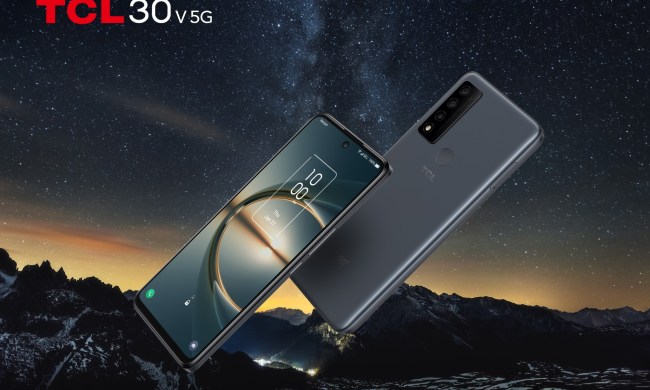Intel and Mediatek are jointly developing a 5G high-speed connectivity solution for PCs, to make it possible for laptops to get superfast internet access whether they’re traveling far from a Wi-Fi connection or a phone line goes down. Intel’s role will be in defining the requirements for a 5G solution in the modern computing environment, while Mediatek will be responsible for the development and manufacture of the modem that makes 5G connectivity in laptops a reality.
The advent of 5G connectivity in the next few years holds a lot of exciting potential — including enabling smarter and more inter-communicative autonomous vehicles, improving options for remote controlling heaving machinery, and enhancing interconnected medical care, among many other potential benefits. That’s not to mention faster data connections for the average mobile user — in some cases up to 100Mbps.
But to take advantage of all of that, we need devices that support 5G, and when it comes to bringing laptop users online at the fastest possible speeds away from Wi-Fi networks, that means they need a 5G modem. That’s where Intel and Mediatek’s partnership comes in.
“Our 5G modem for PCs, developed in partnership with Intel, is integral to making 5G accessible and available across home and mobile platforms,” said MediaTek President Joe Chen. “5G will usher in the next era of personal computing experiences, and working with Intel, an industry leader in computing, highlights MediaTek’s expertise in designing 5G technology for global markets. With this partnership, consumers will be able to browse, stream, and game faster on their PCs, but we also expect them to innovate with 5G in ways we have not yet imagined.”
The two companies will collaborate on not just developing the hardware to make 5G connectivity possible on select laptops, but will partner on its certification and ongoing support. Intel will also provide “optimization and validation” across the platform, developing drivers and other companion software, and will help its manufacturer partners to integrate the new technology in their hardware.
We’re still in the very early days of this development. Intel’s first task will be to define the 5G solution for Mediatek to develop, targeting the key laptop segments and the potential uses for such a modem.
Although this announcement very much focuses on laptop integration of 5G, there’s a good chance we’ll see 5G add-in cards for desktops in the future too. Both Mediatek and Intel will also be working closely with Chinese developer Fibocom on the development of M.2 modules designed with 5G support in mind. They will be optimized for, and targeted at, Intel’s client platforms, though Fibocom itself will handle the bulk of the development, manufacturing, and support for such devices, once they’re developed.
We’ll be waiting a little while before we see any products supporting either native 5G support, or add-in card capabilities. Although the announcement of this development partnership means that the creation of new 5G technologies on these platforms is progressing, Intel suggests that we won’t see the first 5G products hitting the market until early 2021.
While that’s still a ways off, it’s not so horrendous a wait when we’re still waiting on the rollout of 5G connectivity . Early implementations of it landed in select locations in late 2018, and that’s continued throughout this year. We’ll be waiting through 2020 for a more national-scale rollout.
Want to see if your city supports 5G? Check our Verizon’s rollout map.



